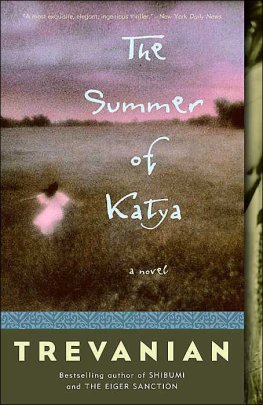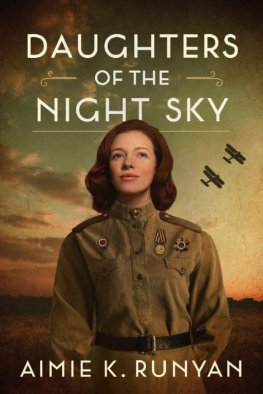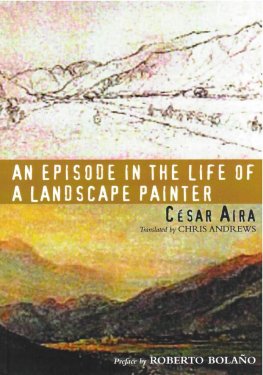
Contents
I
The first regular money I earned I was a painter at the time was working for the Workers Education Association in London. Three evenings a week I would take the tube to Edgware and talk with London Transport bus drivers and conductors about art. I was younger than any of them and had (for the epoch) outrageously long hair.
Some of the bus people painted as a hobby and would show me their work; others, for different reasons, were curious about how paintings are made and why. I think they put up with me because I seemed to them improbable. At the same time, they didnt disbelieve me. And so they accepted me as a kind of expert of the unexpected.
You gave us a surprise last week, theyd say. What have you got up your sleeve tonight? I brought books with me and, drinking cups of tea and eating the cakes which one of the conductresses had baked, we turned the pages
I received more from them than they did from me. I began to learn something about the space in their lives and for each one it was slightly different which they hoped their experience of art might fill. I began to see dimly how life can welcome art.
Years passed, and I became a writer. Some of the books I wrote were about painting and artists. My work owed a lot to certain philosophers and art historians to Wlfflin, Antal, Max Raphael, Klingender, Ortega y Gasset, Hauser, Berenson, Friedlnder, Walter Benjamin, and others. Yet Im no art historian. I am too impatient, and I live too much in the present.
When I want to get closer to works from the past, I do drawings from them. (As I have done drawings from Titians paintings.) This is, however, a gestural approach, not an historical one. In drawing, you try to touch, if only for an instant like playing tag the masters vision.
What still intrigues me most is the question I first faced during those evenings in Edgware. How does a work of art, once created, re-enter life? Promising what?
About this there are still stories to be told and, as with any story, they have to be followed rather than invented.
Katya, my daughter, grew up surrounded by a lot of art books. Later she travelled and would visit museums and send me postcards. We didnt talk much about painting far more about places, films, animals, language. When she sent me the first card from Venice, I replied hoping that she would reply. She did, and this story began.
John Berger
PS Katyas letters were written in French, which is her first language; mine were in English. Much later, Katya translated my letters into French, and I did the same with hers into English. We have used my English translations for this book.
II
As long as I can remember, I have been used to looking at paintings. Without any fuss, a monograph on Caravaggio or the catalogue of a Poussin exhibition was dumped on my knees, and I was left alone to turn the pages. By a flaring paraffin lamp this was in a decrepit, out-of-the-way farmhouse in Provence where I spent the most luminous moments of my childhood I started, as I looked at these books, to dream a bit like one of those figures in a Chagall painting crossing the sky above the roofs of churches.
Stories were prompted by the contours of an angel playing a musical instrument. Others came panting from the clenched bodies of The Rape of the Sabines. Soon yet others were being whispered from between fruits in a still-life, from the borders of a colour, from the scratches of a texture.
Several years later this was when I was earning my first wages working evenings at a McDonalds I realised how theres no communication more total than that between an object (preferably a work of art) and the one watching it. That painting over there, that story, that melody, but also that hairstyle or that expression each took me by the hand and led me into its forest. Many things stayed hidden, others spoke to all my senses. It was as if my own gaze took on flesh from contact with the thing seen and then blew on it with warm breath which was almost visible, as when one breathes into frozen air.
At about the same time, I came to understand that I was never more alive than when I was able to give myself, even if only partially, to such an exchange. The capacity to join myself to what I was looking at and particularly if it was something which had been created offered me nothing less than immortality for I left in this thing, destined to outlive me, some scrap of what I had lived.
A river painted by Courbet, containing something of my own experience of water flowing, of wetness, of the visible, was more intensely and permanently alive than I could ever be. And, what is more, it conferred upon me a little of its own immortality. It went beyond me and tugged me into the universal. A prelude by Bach, taking the same path as one of my dreams, but surpassing it in solidity and precision, would then miraculously lend my dream, retrospectively, its own grace.
At this age, too, I came upon my dearest wish: The best thing that might happen, I decided, would be to become entirely a painting, a novel, a quartet. Not as a protagonist, whose own life was built into art, but in a more diffused way, to become the under-canvas for a portrait of a gentleman, to become the recurring rhyme of a poem, or to become a description of people dancing at a ball. Thus I would breathe onto such creations and be materialised in them for ever.
At first, I invented a god who lived in the sky, surrounded by a committee of those who were timeless and who looked through a telescope to direct the story of my life! Later, my narcissism pared away by the years, I found enough comfort in the idea that with or without a telescope focused on me, a simple movement of a human face (mine or somebody elses) could be the equivalent of a work of art, and that it was the quality of seeing and, equally, the power of the invitation to look which offered that feeling of cosmic harmony which I had discovered when a painting welcomed me into its forest.
I started to hunt everywhere for promises of this magic, a magic which is both permanent and ephemeral, inimitable and universal. And so it was that I was led, with the passage of time, to become a film critic, still searching for this sudden solidity and swift incarnation which we call meaning.
The Rape of the Sabines, which I had goggled at long ago by the flaring paraffin lamp and which, for a fraction of a second, surrounded the whole world with its frame, had little by little shown me how art with its miraculous eye an eye which both fixes and liberates can seize the essential.
When in 1990 I went to the Titian exhibition in Venice, I saw the old painter coming towards me, and I saw myself spread out in paint on a scrap of canvas. This is what made me want to start a dialogue with John: he who had hinted to me how life welcomes art, he who knew, as well as I do, that everything still escapes us.
Katya Berger Andreadakis
Thats purity, he said,
It is the same on the slopes as in your entrails.
And he spread his hands as would
an old experienced God creating clay
and heavenliness together.
Odysseus Elytis
PIAZZA SAN MARCO, VENICE
John,
What do I think about Titian? In one word on a postcard: flesh.
Love, Katya
AMSTERDAM
Kut,
All right, flesh. First, I see his own, when hes old. Why do I immediately think of Titian as an old man? Out of solidarity given my own age? No, I dont think so. Its to do with our century and the bitterness of its experience. Its always searching for rage and wisdom rather than harmony. Late Rembrandts, late Goyas, Beethovens last sonatas and quartets, late Titians Imagine the lan of a century whose old master was the young Raphael!
Next page









